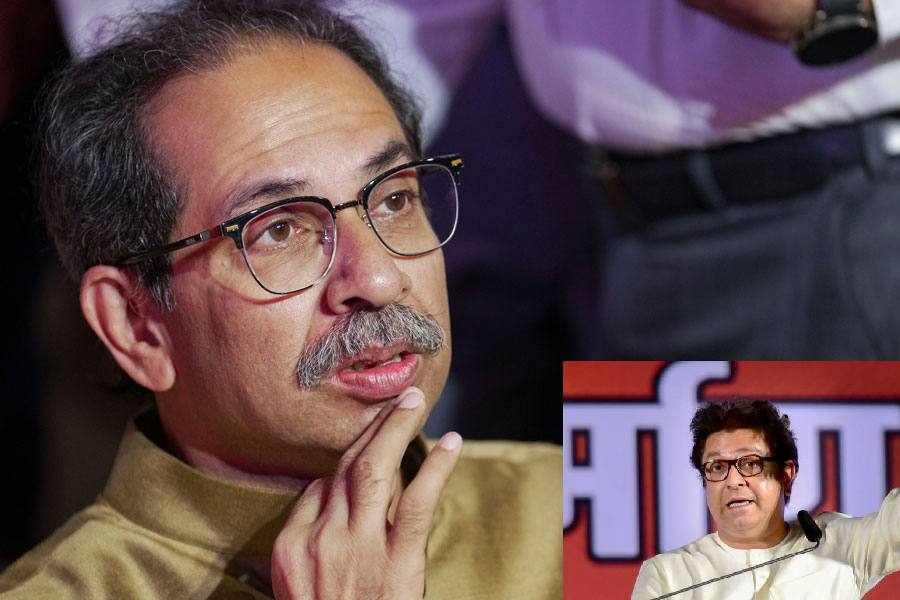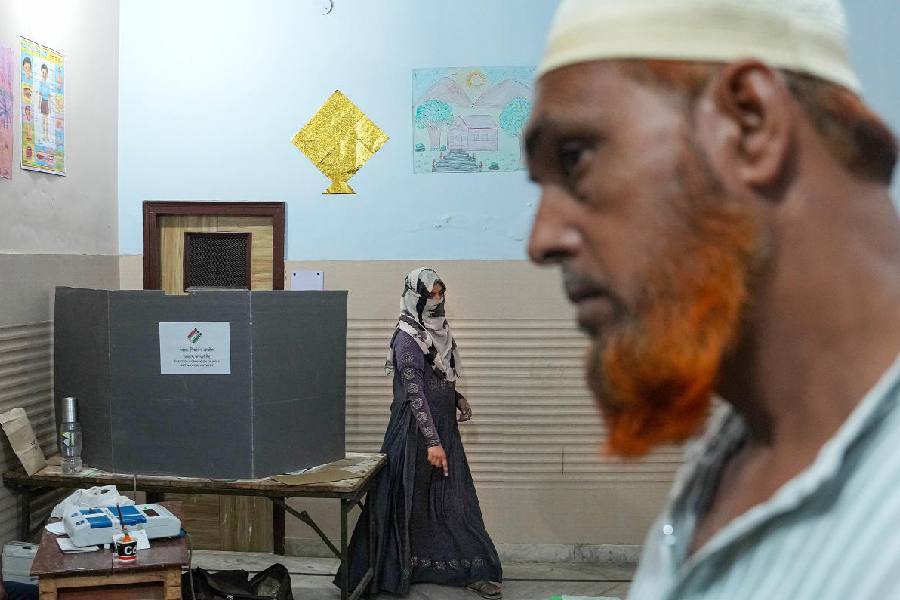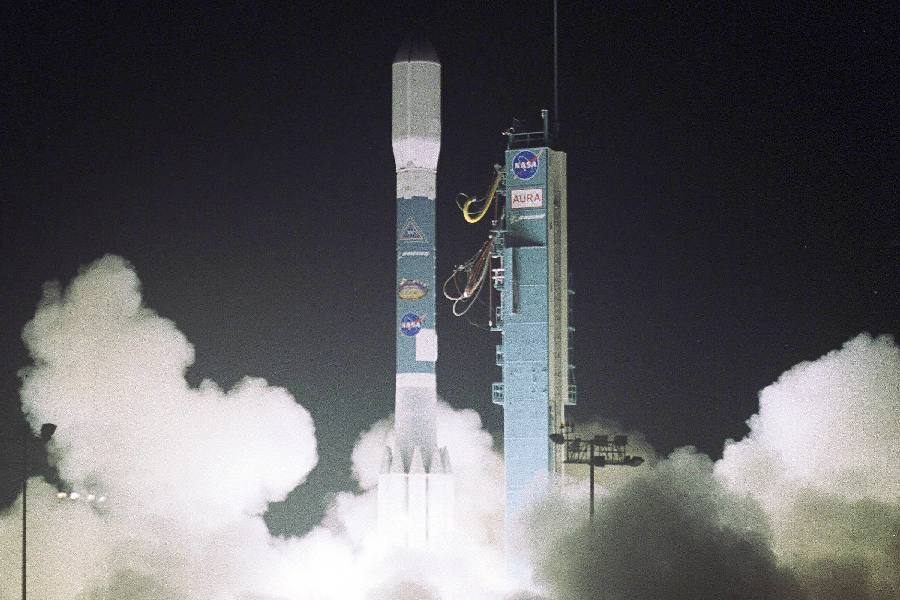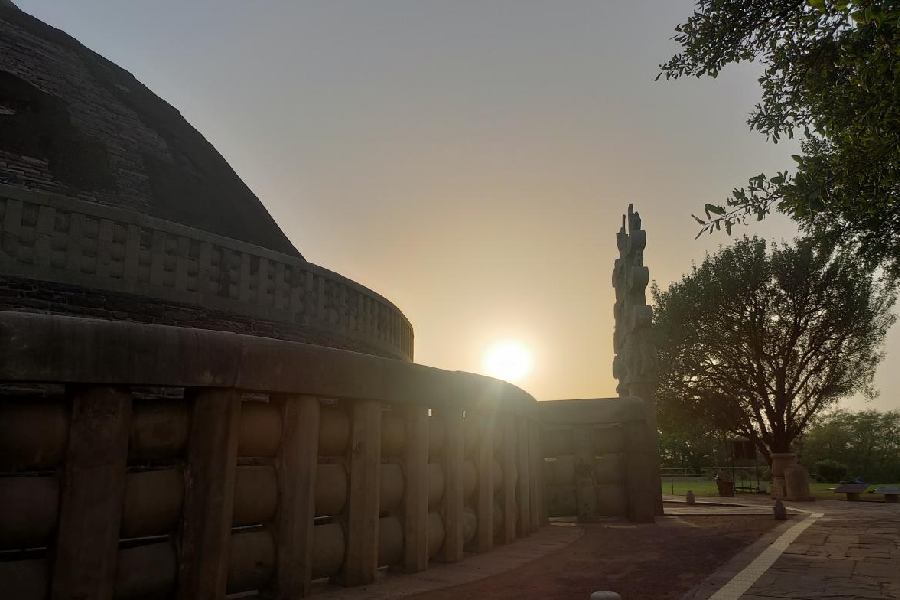At the time of Independence, the Indian population was about 340 million, around a billion less than what it is now. In 2011, at the time of the last census, population density was 382 people per square kilometre, about 3.25 times more than 1951. India’s geographical area in the interim has only increased by about 10,810 sq km because Sikkim, Goa and Daman and Diu joined the Indian Union. While the country is not growing geographically, the population and population density are. To most people, it is obvious that this is not sustainable because we will run out of space to produce food and to meet other human requirements. We will need more of everything — housing, consumer products, transportation, food and water, infrastructure, energy, waste assimilation space and capacity — when, in reality, we have a limited supply of resources. It is a sustainability problématique — the inevitability of more and the reality of less.
Sustainable development in the extant political economy is an oxymoron owing to the combination of ‘sustainability’ and ‘development’. Sustainability, itself, is a portmanteau, combining the words, ‘sustain’ and ‘ability’. However, questions about what needs to be sustained, over what time frame, for whom and by whom remain unanswered. Therefore, sustainable development is often taken to mean the ability to sustain development for times to come. The term, development, is more difficult to comprehend than it appears. Development could be a desirable state, a process, or deliberate action to change things for the better, such as overcoming ills that undermine human well-being like poverty, population growth, corruption, greed and intolerance. But development is often construed as increased human well-being over time and, thus, simplified into more of everything, for more and more people. With a global population of over eight billion, planetary boundaries are being breached in a way that could change the environment from a conducive to a hostile state.
Around this time every year, since 1995, the world comes together for about two weeks under the aegis of the United Nations Framework Convention on Climate Change to find ways to collectively deal with the challenge of climate change. Another sustainability problématique. The world is releasing more carbon dioxide into the atmosphere at an increasing rate while there is less space to do so without far-reaching consequences for global temperature rise. Having disrupted biogeochemical cycles — the carbon cycle in particular — with the large-scale use of fossil fuels, the primary aim should be to reduce the transfer of carbon from the geosphere to the atmosphere in absolute terms.
This is yet to happen. Yet, from time to time, we have claimed success and congratulated each other. Starting with the Clean Development Mechanism to the operationalisation of the Loss and Damage Fund, we have celebrated the means while the end is not in sight. We keep talking in terms of reducing per capita consumption of fossil fuels while the number of people on the planet keeps growing, and of reducing the fossil-fuel based energy intensity of our economies while the economies keep expanding. The net result is that carbon dioxide concentration in the atmosphere and the global average temperature are higher than when we began talking in 1995. Who are we deluding?
Let us look at the sustainability questions in the context of climate change. Sustain what? Sustain the climate system in a way that the long-term temperature variability is within a narrow band as in the Holocene. Sustain the climate system over what time frame? For the foreseeable future since humanity cannot have an end date. Sustain the climate system for whom? For the current and future generations. Whose responsibility is it to sustain the climate system? The current generation, of course. What needs to be done? Agree on a cut-off date to stop using fossil fuels.
Governments and businesses might find the prescription disruptive but the choice is between momentary disruption now and a disrupted future. The pandemic taught us that a temporary global shutdown is indeed possible in order to fix things.
Anamitra Anurag Danda is an environmentalist. Views are personal










